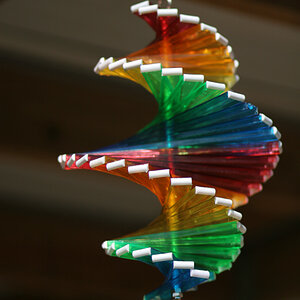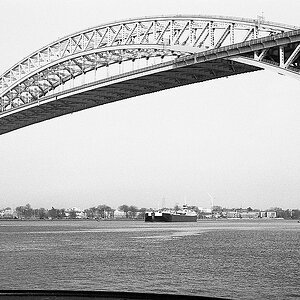- Joined
- Oct 16, 2012
- Messages
- 14,632
- Reaction score
- 7,562
- Can others edit my Photos
- Photos OK to edit
This 1TB SSD Is Adorably Tiny
I could see this tech making its way into cameras in the near future what with talk of 50mp cameras and 4k video.
A ssd would eliminate any sort of data bottleneck at the media side of things. Lots of the RED camera and other systems use a swappable ssd for their high sized video recording so it only makes sense.
I could see this tech making its way into cameras in the near future what with talk of 50mp cameras and 4k video.
A ssd would eliminate any sort of data bottleneck at the media side of things. Lots of the RED camera and other systems use a swappable ssd for their high sized video recording so it only makes sense.



![[No title]](/data/xfmg/thumbnail/37/37628-b854997825aadb4eedaa3247baf8069f.jpg?1619738155)

![[No title]](/data/xfmg/thumbnail/30/30996-79ed44b1137a7c3ab5b0a1146b111238.jpg?1619734559)


![[No title]](/data/xfmg/thumbnail/32/32941-f21147be61c00828a23d6ce011d840eb.jpg?1619735773)
![[No title]](/data/xfmg/thumbnail/32/32943-1a3c3a399438cf2fc6a21415e9bdedcf.jpg?1619735775)
![[No title]](/data/xfmg/thumbnail/37/37626-4a6ffc3f17ab3a8e97170fda3276640e.jpg?1619738154)


